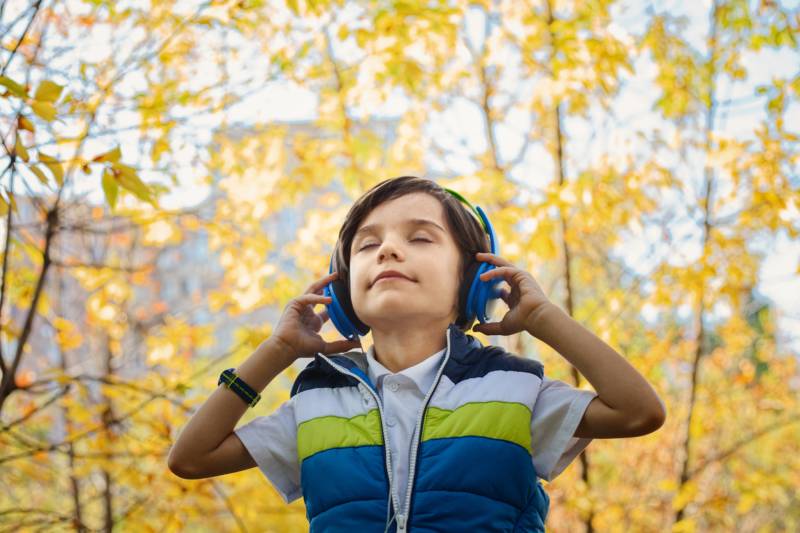Climate change is one of the most serious crises of our time. The IPCC states that in order to prevent catastrophic climate change, nations must reduce CO2 emissions in half by 2030 in order to keep global temperature rise at or below 1.5 ℃. If we rise above 1.5 ℃, we face extreme risks to our ecosystems, food and water security, health, development and economic growth.
As a high school science teacher, I often wonder how I can best address this crisis with my students. This year, I tried out something new: a podcast for our project “Quest to Save the Earth.” (See the lesson plan here.) In this month-long project, students researched the science behind climate change, conducted laboratory experiments and developed a podcast to present their findings. The goal of this project was to create an informed citizenry that would be able to understand the science behind climate change and that would hopefully help support, develop and implement solutions to this crisis.
The reason I chose the digital media presentation method of a podcast for my students to present their findings was so that they could submit their podcast to the National Public Radio’s Student Podcast Challenge, a new contest for students in grades 5 through 12. Giving my students the option to submit their podcasts to the contest was a great opportunity to elevate student voice.
My students created their podcasts in teams. As the teams’ conversations bounced back and forth while they created their podcasts, I could see that they were deeply engaged and enjoying the project. And the students that submitted their podcasts to the contest were excited by the opportunity to have their voices heard on National Public Radio. Additionally, all of the teams had to submit their podcasts to the KQED Learn discussion: Is a Carbon Tax the Best Way to Slow Climate Change? This upped their game knowing that students from other schools would be listening to their work.
